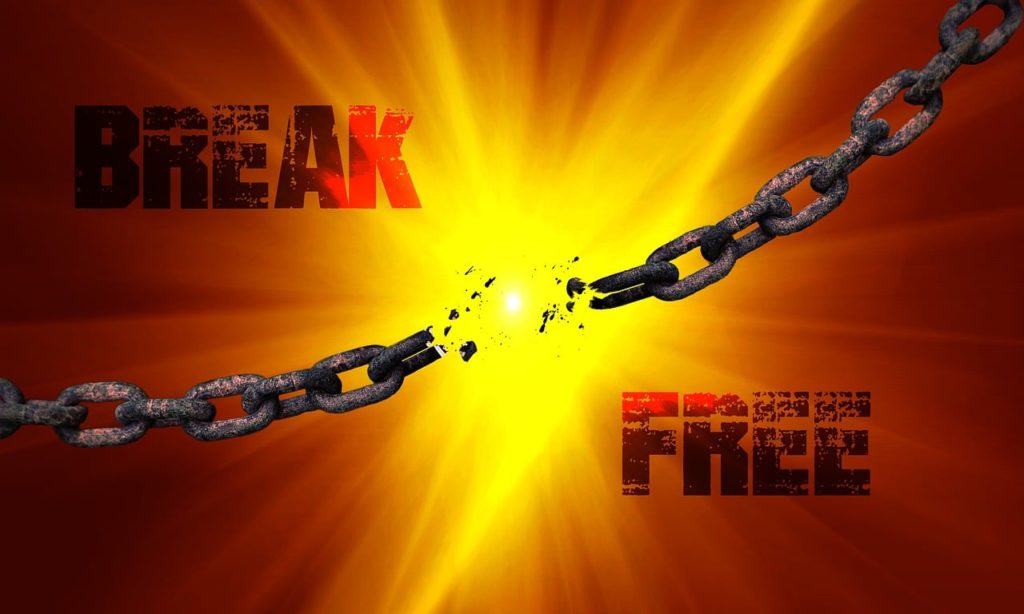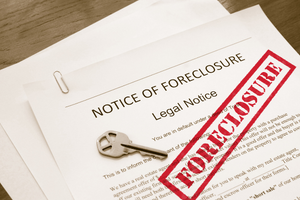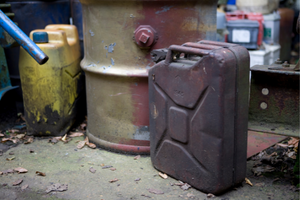Many of us have experienced a power outage at one time or another. Most of the time the duration of the outage is measured in hours, maybe a day, and in rare instances – a week or more.
The outages also tend to be localized and repairs happen quickly or power is “borrowed” from a nearby utility or network and rerouted to the affected area. The experience is usually a frustrating inconvenience and most hospitals and critical systems have backup power to get through the outage.
But what if…?
What If The National Grid Fails?
It’s never happened in the United States, but some countries have had widespread power outages affecting most of their territory. Russia’s cyber attack on Ukraine’s grid in 2015 knocked about 60 substations offline, leaving 230,000 people in the dark. It was an ominous threat, but once again, the outage only lasted 1 to 6 hours.
It seems like most power outages, regardless of the extent, have a short duration and are only an inconvenience. But there’s a problem.
Crumbling Infrastructure
It may be an over-statement to refer to the U.S. power grid as crumbling, but in many parts of the country that’s exactly the case. The North American power grid is old.
The original design was engineered to only last 50 years with the assumption that future generations would upgrade and improve the system. That has rarely happened unless a system or station has a significant failure, and even then the fix falls in the category of repairs, not replacement.
As a result, there are parts of the North American grid that are about 100 years old. In a study done by the American Society of Engineers the power grid was graded D+ for reliability. It’s troubling to think that a system so critical to our survival is in the range of a failing grade. Worse, some estimates put a critical repair to the North American grid at $5 trillion dollars!
The Failure of Complex Systems
The North American Power grid may be one of the most complex systems on Earth. And it’s important to note that the power grid is just not about the U.S.
The grid stretches across the U.S. and up into Canada powering and ultimately affecting all of North America.
On a basic level, the grid is composed of 3 interconnections serving many states and provinces with the exception of a single interconnection in Texas. The fragility of any interconnection was demonstrated in the winter of 2021 when weather extremes induced by climate change almost brought down the entire Texas interconnection.
But while 3 basic grid interconnections may seem simple it gets worse.
Local power service providers are broken down into subregions within the intersections. These subregions are serviced by local utilities that have varying degrees of integrity in terms of the age and condition of their equipment and power stations. But it gets more complex.
The power grid that exists today was first built after World War II from designs dating back to Thomas Edison, using technology that primarily dates back to the ’60s and ’70s. Its 7,000 power plants are connected by power lines with a combined total of more than 5 million miles, all managed by 3,300 utilities serving 150 million customers.
According to industry group Edison Electric Institute. The whole system is valued at $876 billion. No one person owns or controls it. It’s 3,300 different companies, both public and private sector, that own or operate little pieces of the electric grid. The result is that no single entity government or otherwise has the ability or authority to manage it.
How Critical is the Grid?
According to a report from the congressionally funded EMP Commission, power grid failure for one year would result in the death of nine out of every 10 Americans. The first to die would be people dependent on medical assistance with the majority dying from starvation.
If the grid failure was unique to North America, it would also make the U.S. a prime and easy target for any rogue nation looking to take advantage.
We Take it for Granted
It’s not just about losing lights at night, packing some food from the refrigerator and freezer into a cooler or wearing warm clothes and lots of blankets in the winter.
Systems and services surrounding us are dependent on electricity and without power there are no grocery stores or pharmacies, no gas stations or hardware stores, no local doctors or dentists, no traffic lights, banks, basic communication, water, and everything else we assume will always be available.Hospitals and doctors will be overrun; police and fire departments overwhelmed, and the continuing darkness of every night will bring lingering uncertainty and fears of what’s to come in the morning.
Ominous Signs
According to statistics gathered by the Department of Energy, major blackouts are on the upswing. Over the past two decades, blackouts impacting at least 50,000 customers in the U.S. have increased 124 percent, according to DOE data.
While customers in Japan lose power for an average 4 minutes per year, customers in the American upper Midwest lose power for an average 92 minutes per year, and customers in the upper Northwest lose power for an average 214 minutes per year. Those estimates exclude extreme events like severe storms and fires and those have been increasing over the past two decades.
The durations are still being measured in minutes and hours, but over time the trend can easily lead to days and weeks. Making matters worse is that the vulnerability of our grid is growing due to new and emerging threats.
The 7 Greatest Threats to the Grid
These aren’t ranked in order. Any of them could occur and all have in fact, happened in the past. Some would have worldwide impacts while others occur as highly targeted and intentional or unintentional events affecting a continent, country, or region.
1. Cyberattack
China invented the cyberattack and Russia, North Korea, and Iran have also engaged in varying degrees of cyberattacks over the past decade. Some of these cyberattacks have been launched against various utilities around the world including the United States.
Some of these attacks were criminally motivated using ransomware to extort money. Others were in the category of military operations. Here are just a few of the most recent cyberattacks against utilities.
Colonial Pipeline – May 6, 2021
Colonial Pipeline is the largest fuel pipeline in the U.S. and the ransomware attack resulted in a $4.4 million ransom payment to a ransomware gang.
The FBI later helped to recover a significant portion of the ransom, but it was another sign of how vulnerable a utility can be to cyberattacks. The outage resulted in gasoline shortages, shutting down services, promoting panic-buying among motorists and escalated gas costs.
The attack happened because of an employee’s compromised password. It seems that the company may have missed out on multi-factor authentication, a basic cybersecurity tool, to protect itself.
OPEL and Electrobras – February 2021
The Brazilian-utility companies COPEL and Electrobras was attacked by seemingly the same ransomware gang that attacked Colonial Pipelines. The ‘DarkSide’extracted 1,000 gigs of data from COPEL’s systems, while unidentified ransomware struck Electrobras. Both electricity providers had to disconnect from the National Interconnected System which caused outages to many in the country.
Delta-Montrose Electric Association (DMEA) – January 2022
The Colorado energy company had to shut down 90% of its internal controls in January 2022 due to malicious cyberware that wiped 25 years of historical data. The energy company then needed to inform its customers about the multiple energy bills they might receive.
Amsterdam-Rotterdam-Antwerp (ARA)- February 2022
The ARA cyberattack occurred just a few months after a minor but similar attack on two German firms that led to the disruption of petrol supplies in northern parts of Germany. This time it had bigger implications and created a momentary continental energy crisis.
And it Won’t Stop
Every day our power grid is tested by foreign hackers attempting to infiltrate and find ways of taking control and cutting off power. The cutting edge of cyber-warfare continues to be China. Unfortunately, our defenses against cyberattacks continue to be weak. It is believed in fact at the highest levels of our intelligence community that China could shut down our power grid at any time.
FULL STORY HERE










 The monthly payments for loans, despite low interest rate can weigh on an already tight budget.
The monthly payments for loans, despite low interest rate can weigh on an already tight budget. Most, if not all stores, run sales every month.
Most, if not all stores, run sales every month. Due to the
Due to the  As gasoline surges in price, you might want to consider storage.
As gasoline surges in price, you might want to consider storage.
